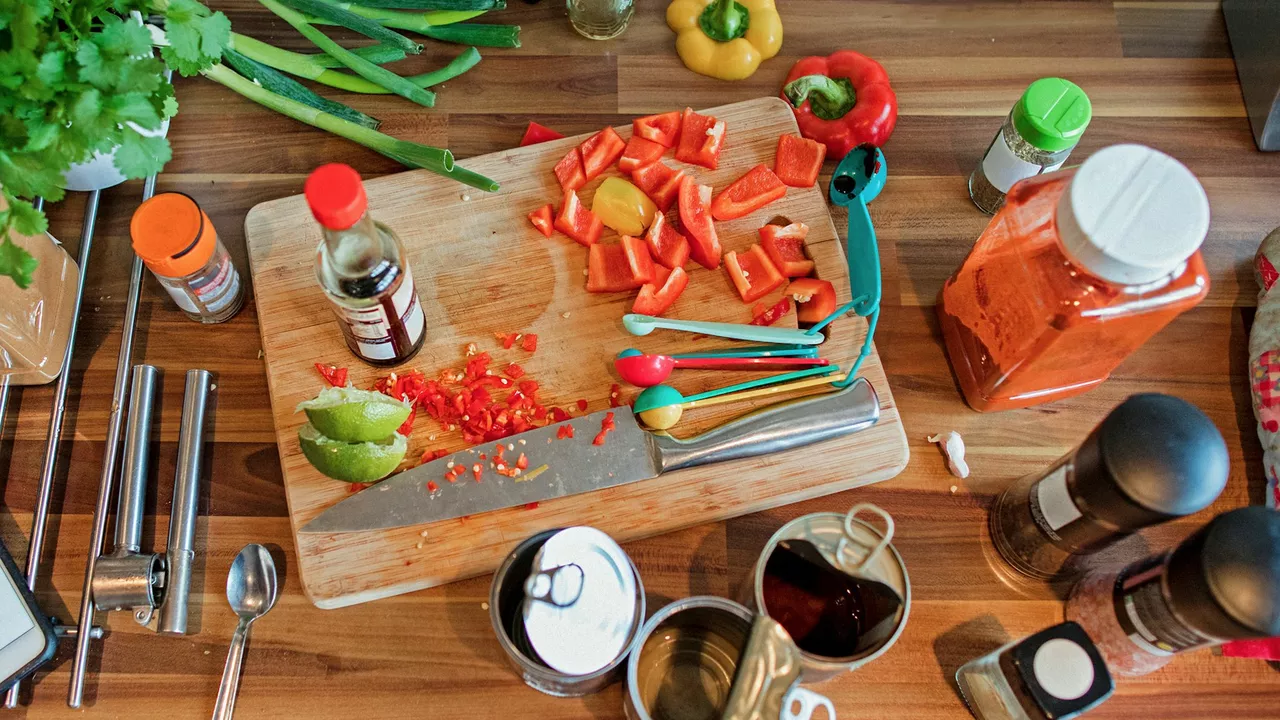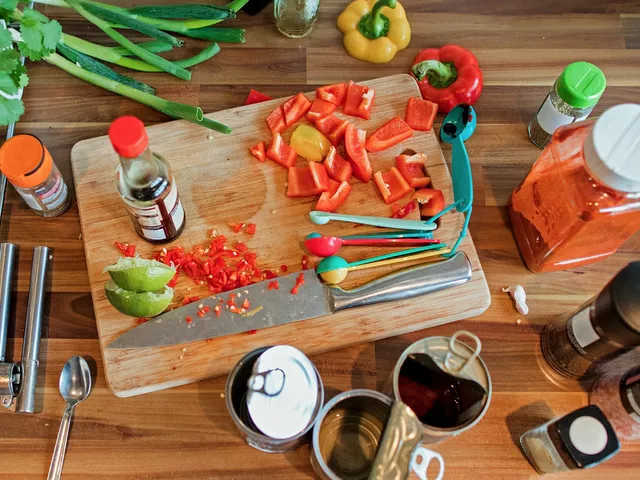 19 Jul 2023
19 Jul 2023
How do people create new dishes without using recipes?
- Lysander Moretti
- 19 Jul 2023
- Food and Cooking Innovation
Embracing the Art of Improvisation
Every great dish starts with a dash of creativity and a pinch of improvisation. You don't always need a recipe to whip up a scrumptious meal; sometimes, all it takes is a little spontaneity and a sprinkle of adventure. I've learned that cooking is an art that thrives on personal interpretation and improvisation. It's about letting my taste buds guide me and not being afraid to make mistakes along the way. Trust me, some of my best dishes have come from those unexpected culinary detours.
Improvisation in the kitchen can be as simple as substituting one ingredient for another or as complex as creating a completely original dish from scratch. It's all about experimenting with different flavors, textures, and cooking methods until you find something that works for you. So go ahead, give it a try! You might be surprised at what you can create.
Understanding Flavor Profiles and Food Pairings
One of the keys to creating new dishes without recipes is understanding flavor profiles and food pairings. Each ingredient has its own unique flavor profile that can either complement or contrast with others. For instance, the sweetness of a red bell pepper can counterbalance the spiciness of a jalapeno, while the tanginess of a lemon can enhance the flavor of a piece of grilled salmon.
Similarly, certain foods just naturally go well together. Think about some of the classic food pairings like tomatoes and basil, chocolate and mint, or peanut butter and jelly. These combinations work because the flavors of the foods complement each other in a way that creates a harmonious and tasty dish. Once you understand these principles, you can start experimenting with your own flavor combinations and food pairings.
Mastering the Basics of Cooking Techniques
Another important aspect of creating new dishes without recipes is mastering the basics of cooking techniques. From roasting and grilling to sautéing and simmering, each cooking method imparts a distinct flavor and texture to the food. By learning how to use these techniques effectively, you can manipulate the taste and texture of your ingredients to create an endless array of dishes.
For instance, roasting vegetables in the oven can caramelize their natural sugars, bringing out a depth of flavor that you just can't get from boiling or steaming. Similarly, pan-searing a piece of meat can create a crispy, flavorful crust that adds an extra layer of deliciousness to your dish. Once you've got these basic techniques down, you can start playing around with them to create your own unique culinary creations.
Experimenting with Global Cuisines
One of my favorite ways to create new dishes is by experimenting with global cuisines. Every culture has its own unique culinary traditions and flavors, and exploring them can be a great source of inspiration. Whether it's the bold spices of Indian cuisine, the comforting simplicity of Italian food, or the eclectic fusion of flavors in Thai dishes, there's a whole world of taste out there waiting to be discovered.
Of course, you don't need to be a world-class chef to experiment with global cuisines. Just start by incorporating a few new ingredients or techniques into your cooking and see where it takes you. You might find that you love the earthy flavor of cumin in your chili, or that adding a splash of fish sauce to your stir-fry gives it that authentic Asian taste you've been craving.
Using Seasonal and Fresh Ingredients
Another secret to creating exciting new dishes is using seasonal and fresh ingredients. Not only do these ingredients taste better, but they also inspire creativity in the kitchen. When you're working with a fresh, ripe tomato or a juicy, sweet peach, you want to do everything you can to highlight their natural flavors.
Plus, using seasonal ingredients forces you to change up your cooking routine throughout the year. In the summer, you might find yourself grilling fresh corn and making homemade salsa with ripe tomatoes. In the fall, you might be roasting butternut squash or baking apple pies. This constant rotation of ingredients keeps things interesting and encourages you to try new recipes and techniques.
Learning from Mistakes
Last but not least, creating new dishes without recipes involves a lot of trial and error. Not every dish you create is going to be a winner, and that's okay. In fact, some of my most valuable cooking lessons have come from my biggest kitchen disasters.
Maybe you overseasoned your soup or burned your cookies. Instead of getting discouraged, use these mistakes as learning opportunities. Figure out what went wrong and how you can fix it next time. Remember, every great chef has had their share of kitchen blunders. It's all part of the process of becoming a better cook.
